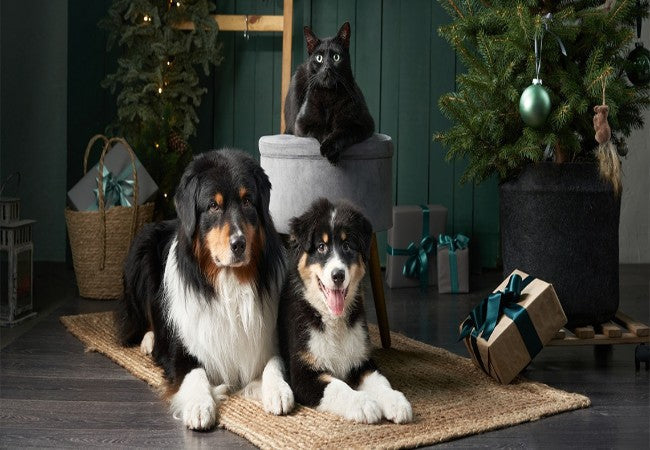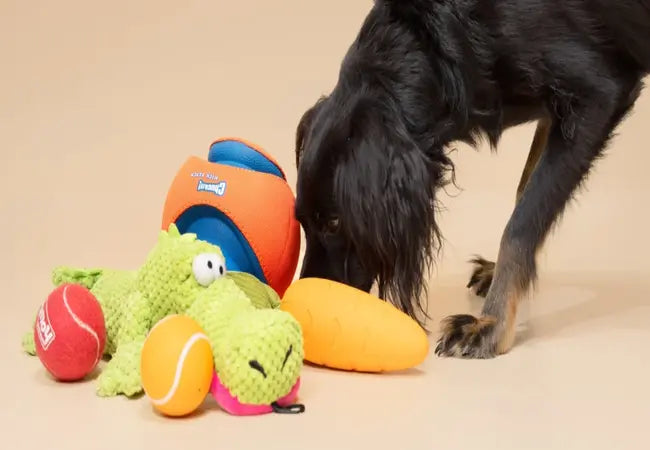A Vet’s Guide to Neutering & Dog Behavior: What You Need to Know (2025) 🐶✅

In this article
A Vet’s Guide to Neutering & Dog Behavior: What You Need to Know (2025) 🐶✅
By Dr. Duncan Houston BVSc
Hi, I’m Dr Duncan Houston BVSc, veterinarian and founder of Ask A Vet. Neutering (castration in males, spaying in females) is a common surgical procedure that can profoundly affect behavior—but how, and in whom? In this vet‑approved guide, we’ll examine how hormones influence roaming, marking, aggression, fear, and energy; why timing matters; the pros and cons; and how to support your dog using training, enrichment tools and veterinary support. Let’s ensure the best outcome for your dog in 2025. 🩺🐾
1. What Is Neutering?
Neutering removes reproductive organs—testicles in males (castration) and ovaries/uterus in females (spaying). This eliminates hormone-driven behaviors and prevents unwanted litters.
2. Common Behavioral Changes After Neutering
- Roaming & marking: Usually ↓ significantly in males and females post-neuter
- Mounting/humping: Reduced by >50% in most castrated males
- Tailored aggression: Dog-to-dog aggression often ↓; however, fear or stranger-directed aggression can ↑ in some cases
- Fear/performance anxiety: Early neutering has been linked to increases in fearfulness, noise phobia, and overexcitability
- Energy & activity: May stay the same—or increase if neutering delays behavioral maturity
3. Why Timing Matters
- Early neutering (<6 mo): May reduce marking but has been linked with ↑ joint issues and fear-related behaviors
- Traditional timing (6–12 mo): Balances behavior control with health benefits
- Late neutering (post‑puberty): Less impact on maturity and anxiety—avoid impulsive decisions
4. Pros vs. Cons: A Balanced View
| Benefit | Risk or Consideration |
|---|---|
| ✔️ Less marking, humping, roaming | ⚠️ Potential increases in fear, noise sensitivity |
| ✔️ Cancer prevention (testicular, mammary tumors) | ⚠️ Possible ↑ orthopedic, urinary incontinence in females |
| ✔️ Reduced unwanted litters & sexual behavior | ⚠️ Weight gain—requires diet adjustment |
5. Training & Support Before & After Neutering
- 🐾 Continue socialization & desensitization training regardless of neuter status
- 🏅 Encourage confidence before surgery—positive exposure to handling, environments
- ❤️ Use Play & Enrichment tools to support a calm mindset during recovery
- 📱 Access Ask A Vet telehealth for behavior assessment before surgical decisions
6. Real Vet Case
Case: Rufus, 7‑month‑old Lab
Rufus was neutered early; post-surgery, his owner noticed increased anxiety around strangers and barking at runners. A behavioral review via Ask A Vet guided kennel enrichment exercises, social exposure. Over three months, Rufus regained confidence and became more relaxed around strangers—with no loss in his previously reduced marking. 🐶✅
7. Frequently Asked Questions
-
Q: Will neutering stop aggression?
A: It can help hormone-driven aggression but may not affect fear or resource guarding. Behavior training is key. -
Q: Should I wait until the first heat?
A: Females don't need to go through heat; early spay prevents heat behavior but discuss joint risks. -
Q: Could my dog become lazy?
A: Activity won’t drop—if weight gain occurs, adjust diet and exercise.
📌 Final Takeaway
Neutering offers undeniable health and population benefits—but its behavioral effects vary by individual, sex, timing, and training. Use this guide to navigate the decision, leaning on Ask A Vet for personalized advice, and support your dog with enrichment tools. With thoughtful planning, your dog can thrive on all fronts. 🐾❤️






